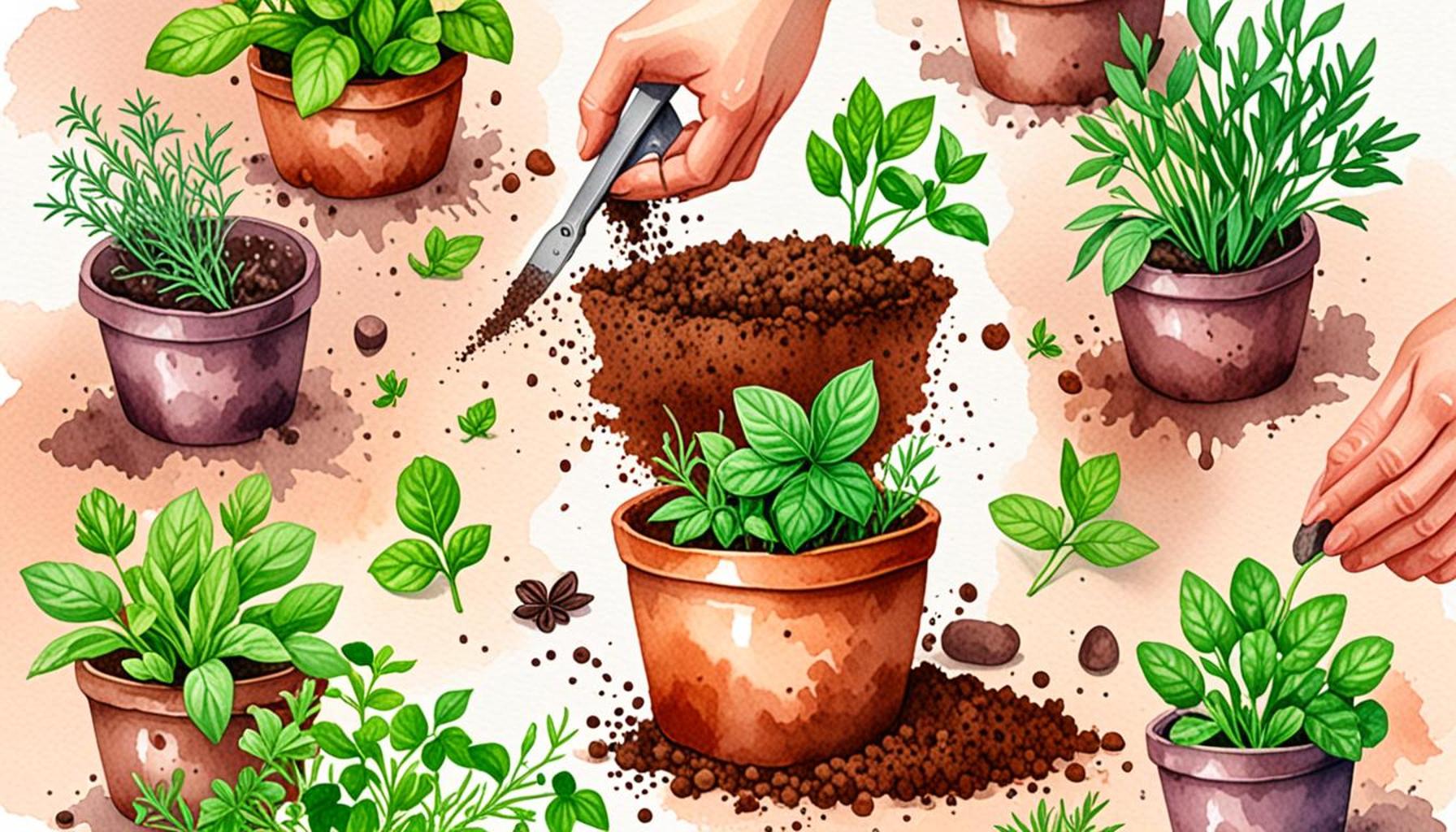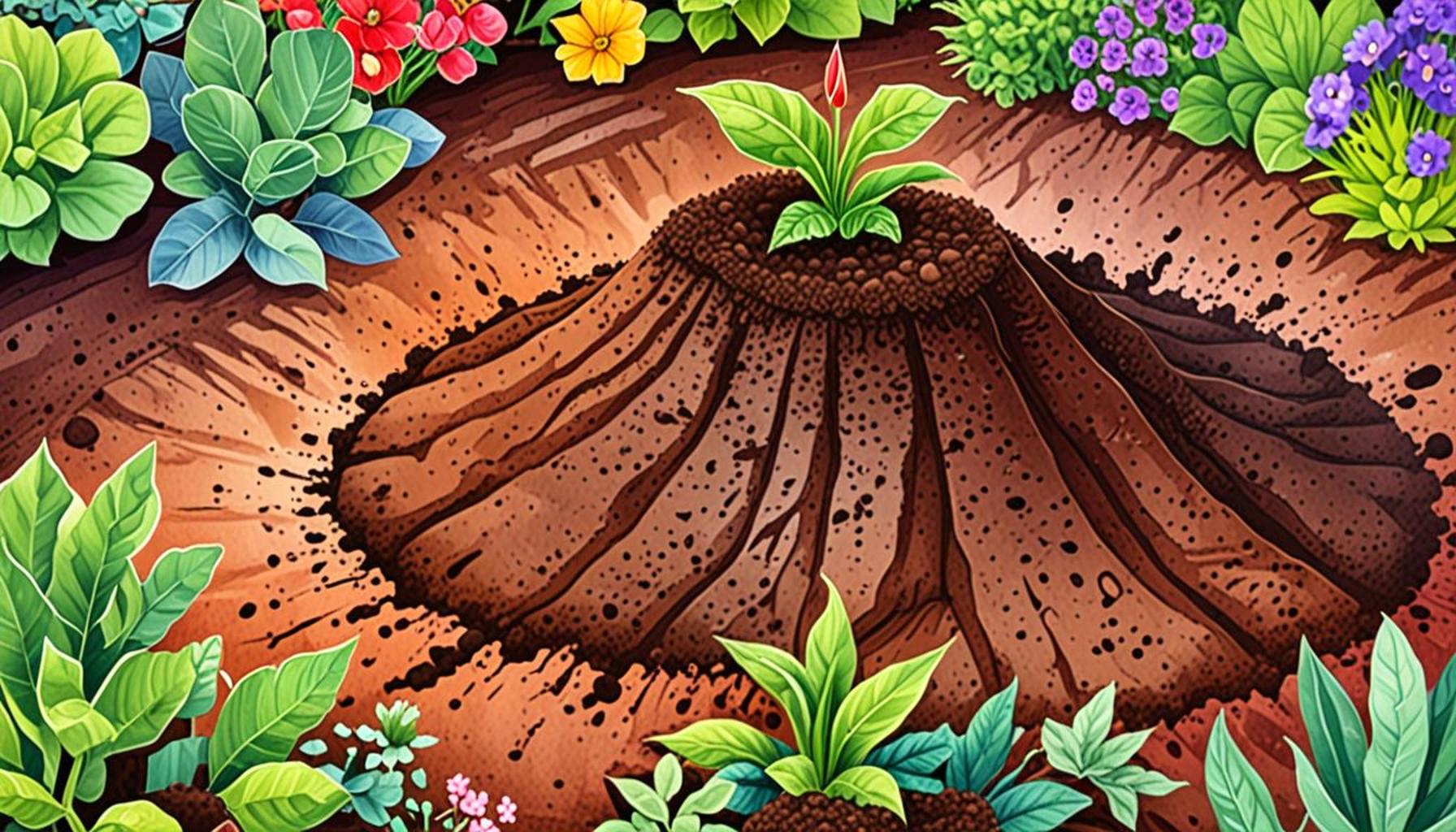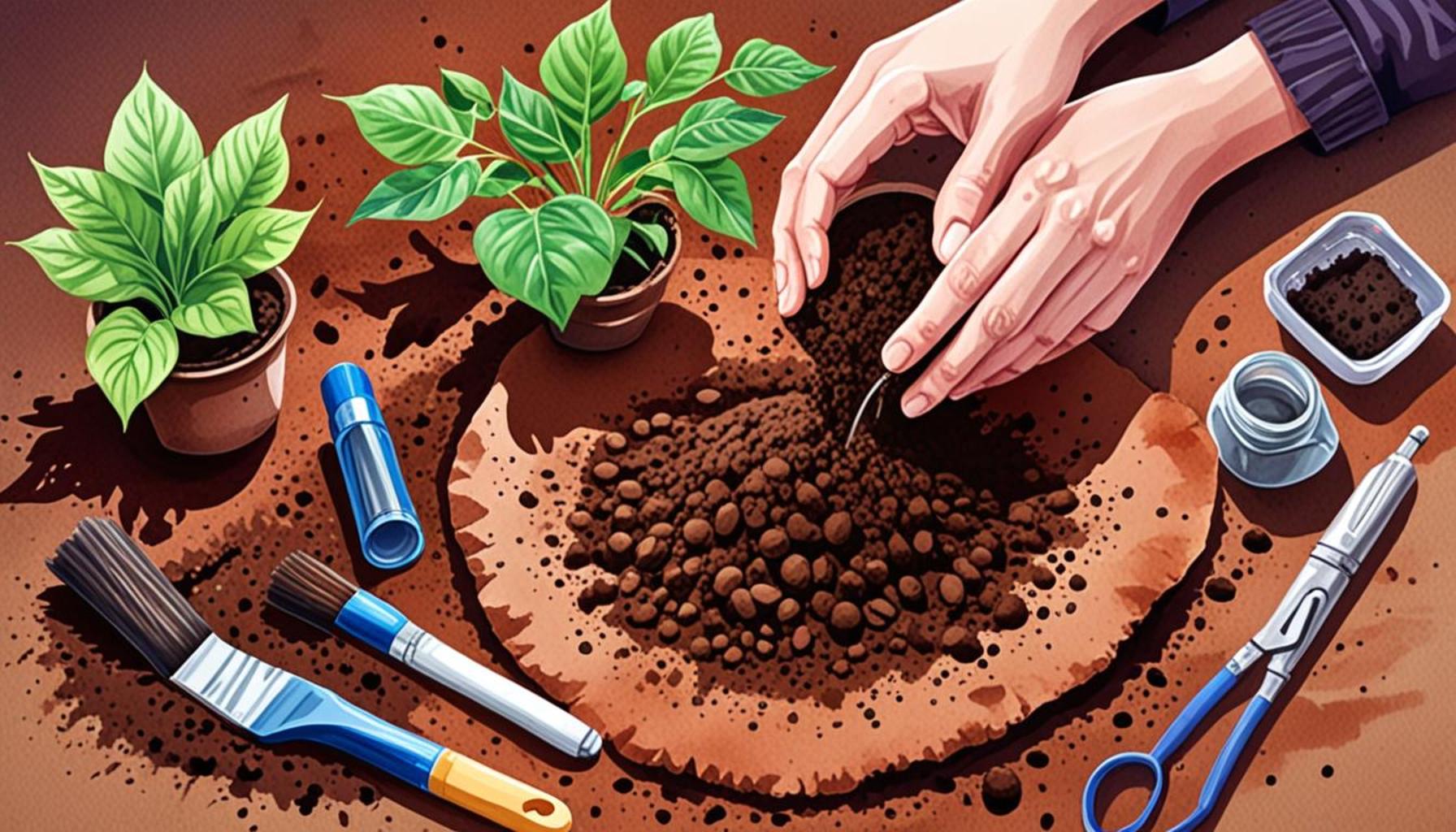How to Create a Soil Layering Strategy for Optimal Nutrient Distribution in Your Home Garden
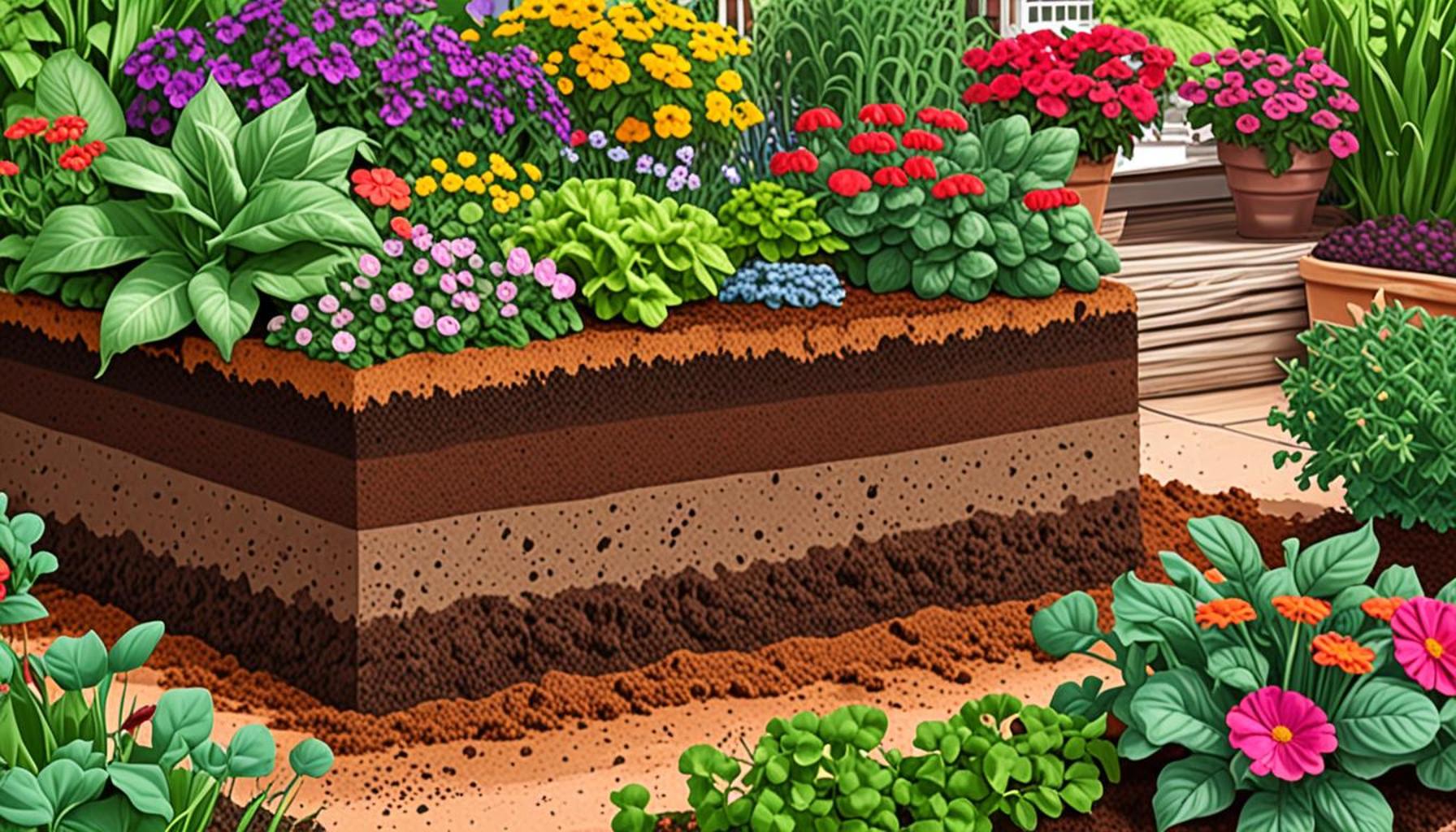
Unlocking the Secrets of Soil Health
Building a successful home garden starts with understanding the importance of soil health. Healthy soil is the foundation for thriving plants, influencing their growth, vitality, and resilience against pests and diseases. One effective method to enhance soil fertility is by implementing a soil layering strategy. This technique not only optimizes nutrient distribution but also improves drainage and soil structure, which are key components for a vibrant garden.
Soil layering involves utilizing various materials to create distinct layers within your garden bed. By doing so, each layer serves a specific purpose, seamlessly combining to contribute to the overall well-being of your plants. Here are some essential elements to consider:
- Organic matter: Incorporating compost, aged manure, or leaf litter provides crucial nutrients and benefits the soil’s microbial communities, enhancing fertility and structure.
- Soil amendments: Adding lime or sulfur can help adjust pH levels, ensuring that your soil is neither too acidic nor alkaline, thus promoting optimal growth conditions for a wide variety of plants.
- Mulch: Layering mulch such as wood chips or straw aids in moisture retention and weed suppression, ensuring your plants have consistent access to water and are not competing with unwelcome flora for nutrients.
- Sand or gravel: Incorporating these materials can significantly improve drainage in heavier soils, preventing root rot in plants that are sensitive to excess moisture.
Understanding how to effectively layer these materials will create a garden environment where plants can thrive. Research indicates that a well-structured soil profile can substantially increase nutrient availability, bolster microbial activity, and support optimal root health. For example, gardeners in the Midwest may find that the addition of crushed limestone improves both the physical properties and the biological activity of their soils, while those in the Pacific Northwest might benefit from organic matter to enhance moisture retention due to the typically wetter climate.
As you embark on this journey, remember that mastering the art of soil layering is more than just stacking different materials. It requires a thoughtful approach to strategically incorporate elements to create an entire ecosystem that fosters vibrant growth in your home garden. Engaging with local gardening communities and resources can provide you with regional insights and innovative methods to advance your gardening skills, ultimately leading to a flourishing garden that not only beautifies your space but also contributes to environmental health.
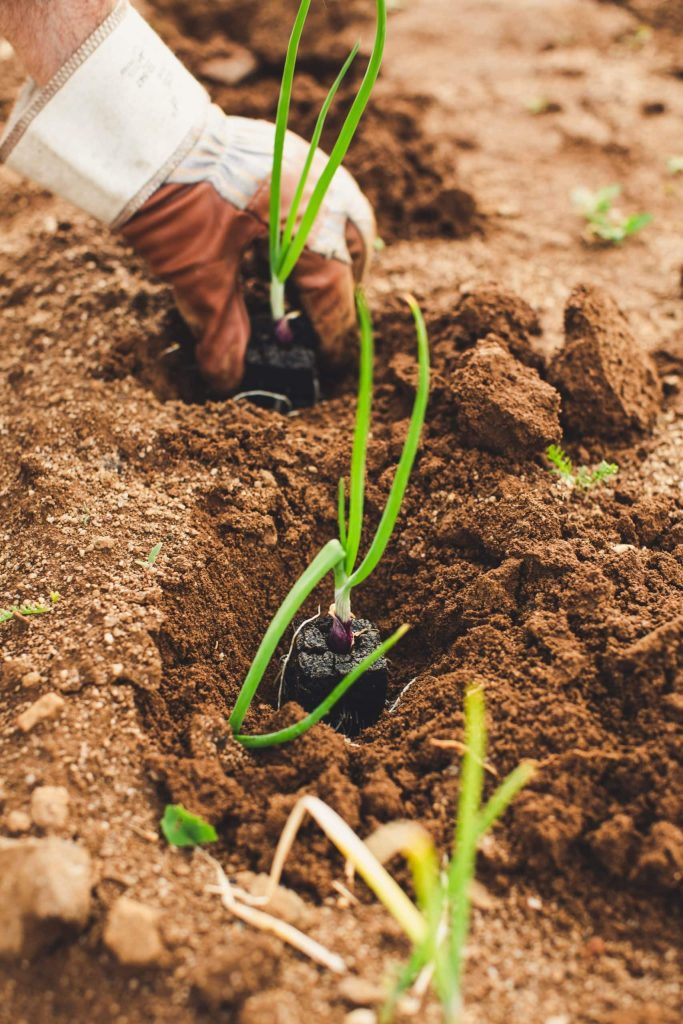
DIVE DEEPER: Click here to discover essential tools for soil preparation
Understanding the Basics of Soil Layering
Creating a successful soil layering strategy begins with recognizing the unique characteristics of the materials you will be using. Each component of your soil mix speaks to not just the nutrient availability, but also the overall health of your garden ecosystem. To implement an efficient layering approach, it is essential to understand the roles that different materials play.
First, consider your base layer. This foundational layer is typically made up of coarse organic matter, such as sticks, straw, or coconut coir. The purpose of this layer is to improve aeration and drainage, preventing compacted soil that could inhibit root growth. By allowing air pockets to form, you are creating a healthier environment for beneficial microbes and earthworms, both of which are vital for nutrient cycling.
Next, you will want to add a nutrient-rich compost layer. Making your own compost at home allows you to control the ingredients, ensuring a diverse range of nutrients suited for your specific plants. As this compost breaks down, it releases nutrients slowly, offering a constant supply of organic matter to your soil. A well-balanced compost should contain a mix of greens (nitrogen-rich materials such as vegetable scraps) and browns (carbon-rich materials like dried leaves), enhancing the soil’s fertility.
Following the compost layer, you may choose to implement a layer of mineral-rich soil or topsoil. This is especially important if you are dealing with sandy or clay-based subsoils. Topsoil is generally richer in nutrients and microorganisms, making it an ideal layer to nurture vigorous plant growth. If you have access, sourcing high-quality topsoil for your garden can significantly impact your overall harvest.
Incorporating well-decayed organic matter within these layers can also lead to improved moisture retention, particularly valuable in areas with fluctuating climates. To achieve a balanced moisture content, many gardeners find it beneficial to use a combination of organic mulch (like straw or wood chips) on the top layer. This not only conserves moisture but also suppresses weeds that compete for nutrients.
As you design your soil layering strategy, keep in mind that layering is not just about vertical composition; it’s also about creating a balanced interaction among layers. For instance, you can enhance the nutrient exchange between layers by introducing mycorrhizal fungi into the compost. These beneficial fungi form symbiotic relationships with plant roots, significantly enhancing nutrient uptake and improving soil structure.
In summary, a methodical approach to creating a soil layering strategy can lead to optimal nutrient distribution in your home garden. By thoughtfully selecting and arranging your materials, you not only enrich the soil but also foster a thriving ecosystem that promotes resilience and vitality in your plants. Taking the time to understand the properties of each layer will contribute to the long-term success of your gardening efforts.
| Layer Type | Advantages |
|---|---|
| Organic Matter | Improves soil structure by providing aeration and retaining moisture, promoting healthy root growth. |
| Mineral Layer | Enhances nutrient content, offering essential minerals like potassium, calcium, and magnesium for robust plant health. |
| Mulch Layer | Reduces weed growth and retains moisture, leading to less competition for nutrients and better plant performance. |
| Topsoil | Provides a nutrient-rich environment for seeds and seedlings, ensuring a strong start and ongoing vitality in growth. |
In addition to the fundamental layers, employing a soil layering strategy enhances nutrient distribution and moisture retention. Each layer plays a distinct role, helping gardeners create a thriving ecosystem in their home gardens. As you plan your garden, consider how these various layers can work together to maximize the potential of your soil. Experimentation and adjusting based on your unique garden conditions can uncover new opportunities for improving nutrient availability. Diversifying organic materials in the top layer can foster beneficial microorganisms, leading to enhanced nutrient cycling. Explore different combinations and techniques to discover what works best for your garden’s specific needs, ensuring healthier plants and bountiful harvests.
LEARN MORE: Click here to deepen your understanding
Implementing Your Soil Layering Strategy
Once you have a solid understanding of the various components of your soil layering strategy, the next step is implementation. It’s crucial to consider the layout of your garden, as this will influence not just the layering but also the potential yield of your plants. By strategically placing different layers in relation to one another and understanding how they interact, you can create an environment conducive to robust plant growth.
One effective approach is to adopt the lasagna gardening method, which involves layering materials much like building a lasagna dish. This method is particularly appealing for those looking to build raised garden beds or enhance existing garden plots. Start with a cardboard or newspaper base layer to suppress weeds; this is followed by alternating layers of wet and dry materials, mimicking the natural decomposition process. Consider beginning with a layer of green waste—such as grass clippings or vegetable scraps—followed by a layer of brown materials, like straw or shredded leaves. This dynamic assembly not only enriches the soil but also enhances the microbial diversity.
When layering, it’s also vital to consider the depth of each layer. Each component should have sufficient thickness to fulfill its role without overwhelming the others. As a general guideline, aim for a base layer of about 4-6 inches of coarse organic matter, followed by a layer of compost at about 3-4 inches. The mineral-rich topsoil can then be spread to a thickness of around 2-3 inches. Finally, add a layer of organic mulch approximately 2-4 inches thick to seal off the layers, preserve moisture, and prevent the growth of weeds.
Layer Interactions and Nutrient Cycling
The interactions between different layers in your soil can significantly impact nutrient cycling and the overall health of your garden. This is where the inclusion of cover crops comes into play. Planting cover crops like clover or vetch in the fall complements your soil layering by fixing nitrogen into the soil, which improves soil fertility when tilled back into the garden in the spring. This practice not only enhances nutrient levels but also improves soil structure over time.
Moreover, consider incorporating companion planting strategies within your soil layering framework. Certain plants can benefit from each other when grown in proximity, leading to improved nutrient uptake and pest management. For example, planting marigolds alongside tomatoes can deter harmful nematodes while promoting healthy growth.
Monitoring Soil Health
As your garden evolves, keeping a vigilant eye on soil health is paramount. Regular soil testing can provide insights into nutrient content, pH levels, and microbial activity, allowing you to make data-driven decisions regarding your layering strategy. Access to local agricultural extensions can provide resources and testing kits tailored to your specific soil type, ensuring that you are informed about the needs of your garden.
Implementing a comprehensive soil layering strategy is not a one-time event; rather, it requires ongoing assessment and adjustments based on seasonal changes, plant performance, and environmental conditions. By engaging actively with your soil and the layers you’ve created, you develop a resilient system that not only optimizes nutrient distribution but fosters a thriving home garden ecosystem.
DIVE DEEPER: Click here to learn how to enhance your soil
Conclusion
Creating a soil layering strategy is a vital step toward achieving optimal nutrient distribution and promoting a flourishing home garden. By understanding the significance of layer composition—from the foundational base of coarse organic matter to the nutrient-rich compost and protective mulch—you lay the groundwork for a healthy garden ecosystem. As we explored, the lasagna gardening method not only simplifies the building process but also mirrors nature’s own method of enriching soil, making it an effective technique for both novice and experienced gardeners.
Moreover, incorporating cover crops and practicing companion planting further elevates your soil’s health and fertility, creating synergies among different plant species while improving overall productivity. As your garden continues to evolve, it’s essential to engage in regular soil assessments. This iterative process allows for continual refinement of your layering approach, ensuring that your plants receive the optimal nutrients they require to thrive.
In essence, solidifying a comprehensive soil layering strategy goes beyond mere planting; it involves a deep commitment to fostering and understanding the intricate relationships within your soil. As you embark on this journey, remember that developing your garden is not just about the immediate harvest, but rather an investment in long-term soil health and environmental sustainability. By embracing these practices, you’ll not only enhance your own garden but contribute positively to the larger ecosystem. Armed with knowledge, creativity, and patience, you’re ready to cultivate a vibrant garden where each layer plays a crucial role in promoting growth and vitality.
